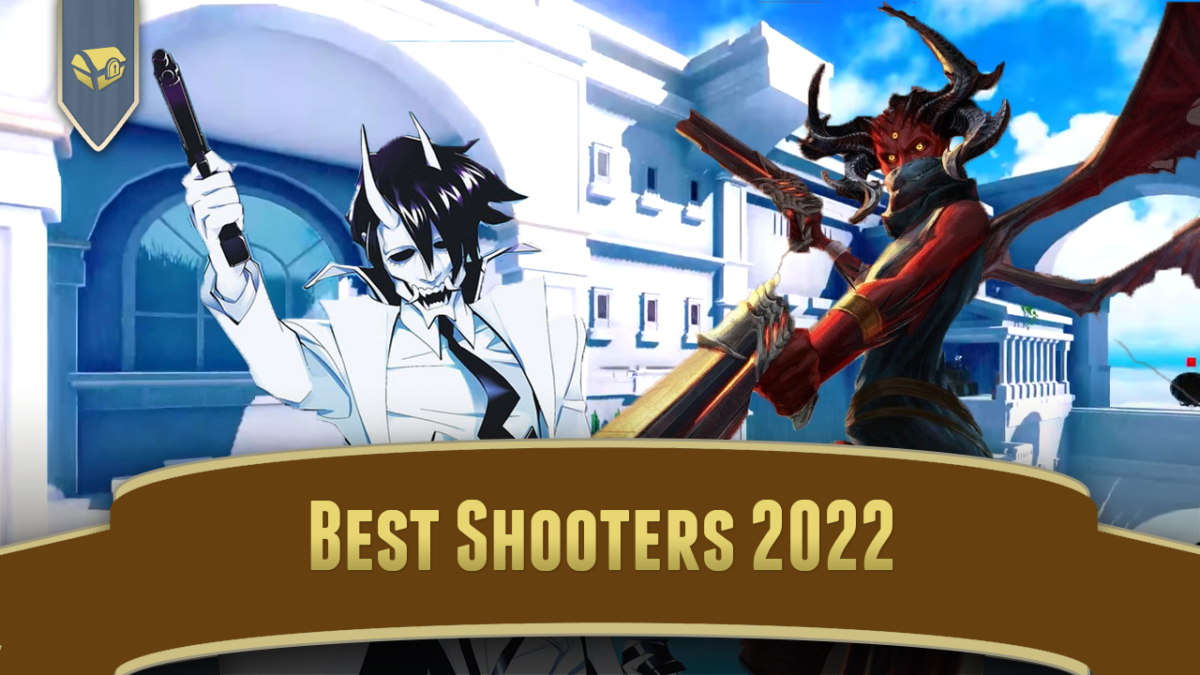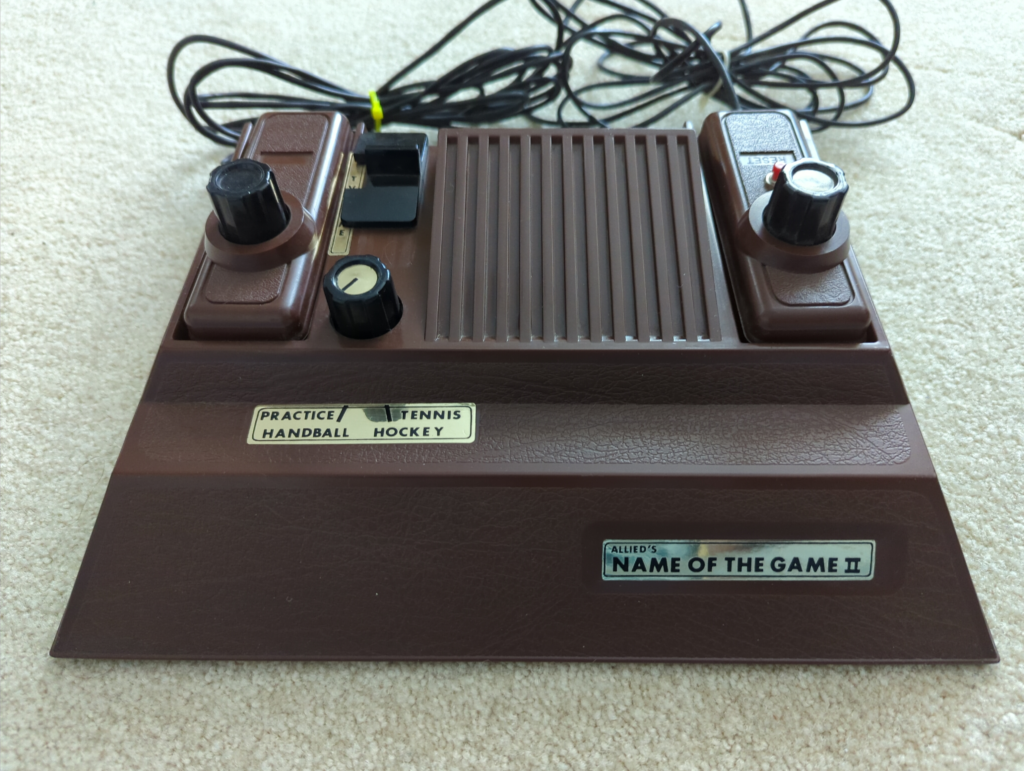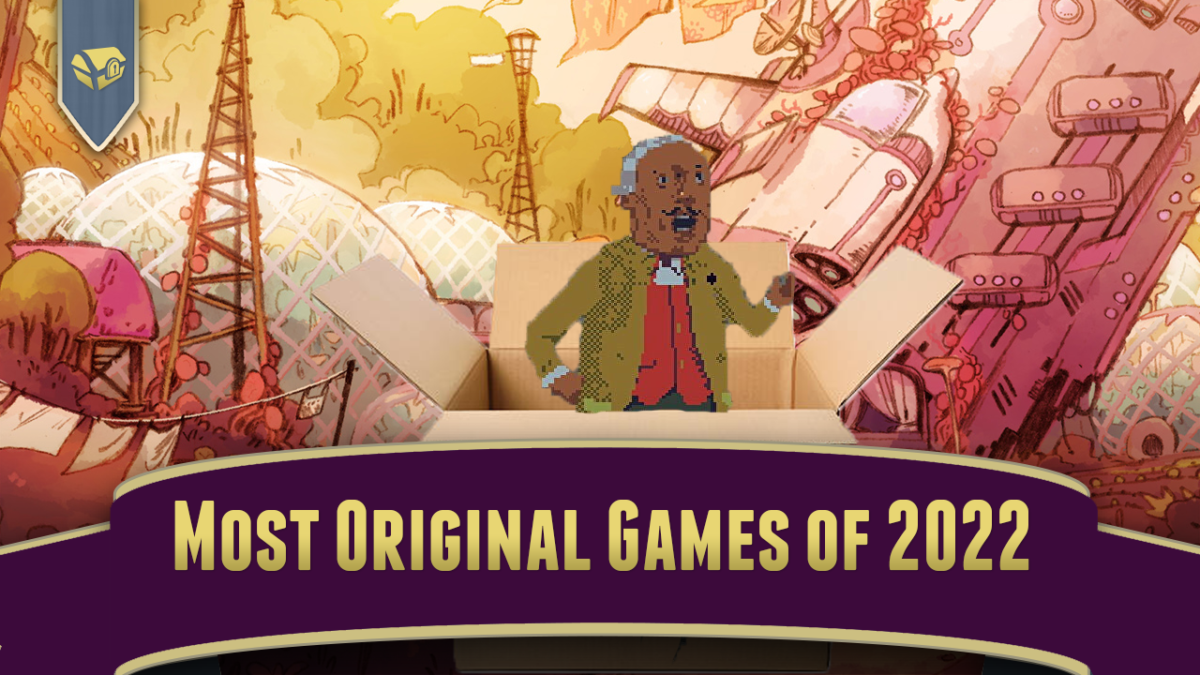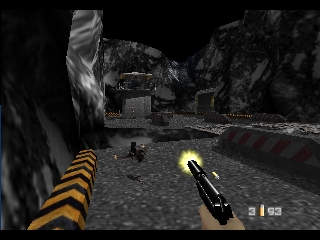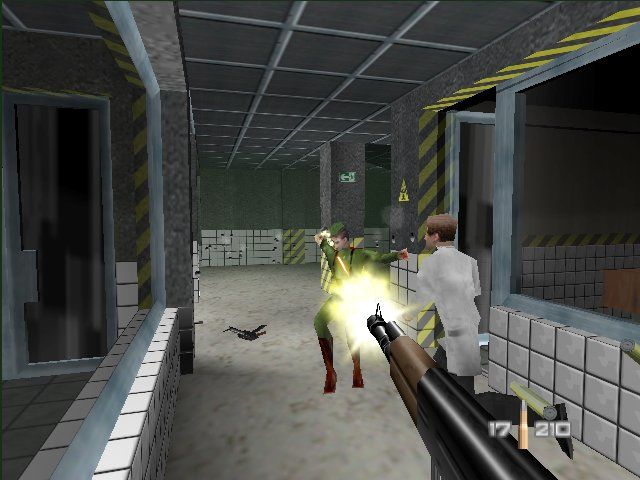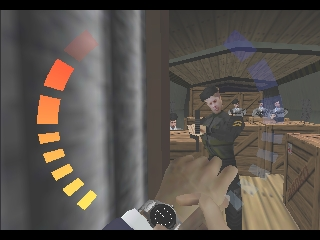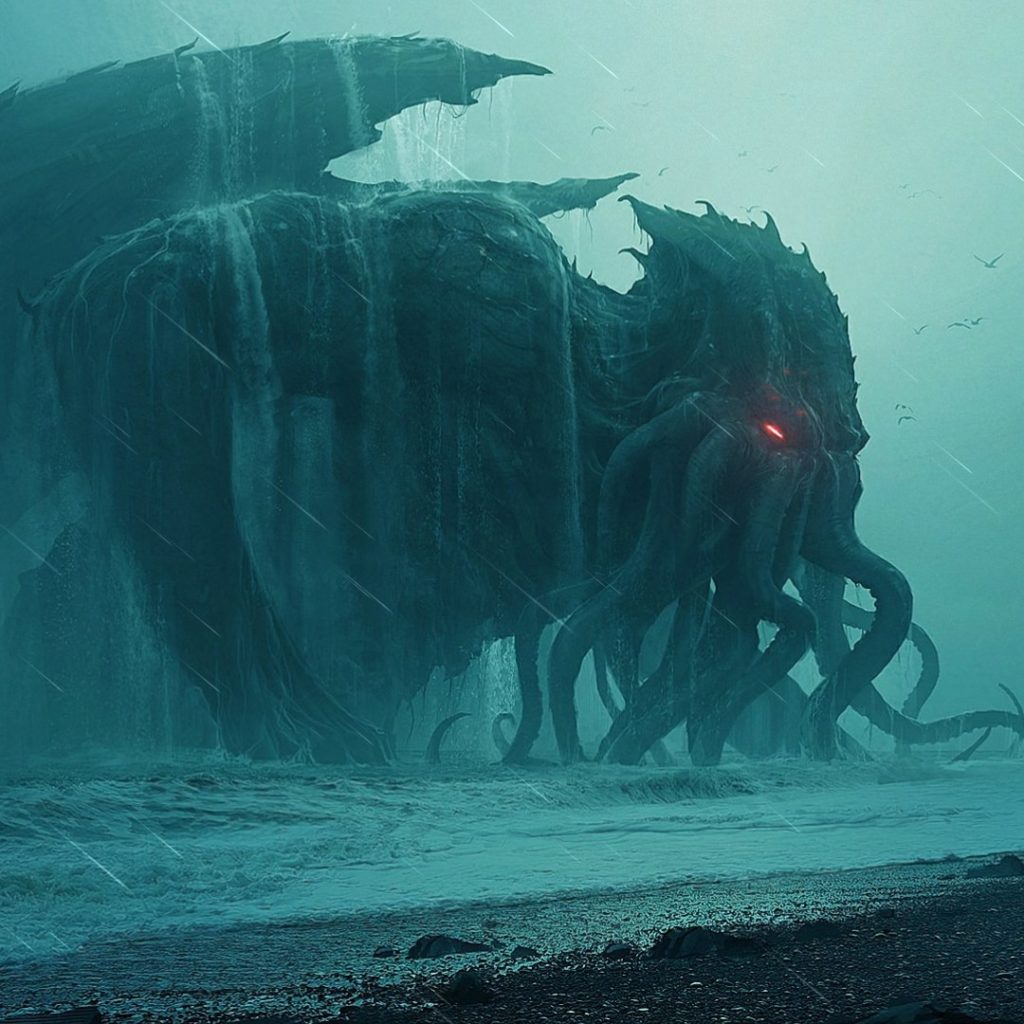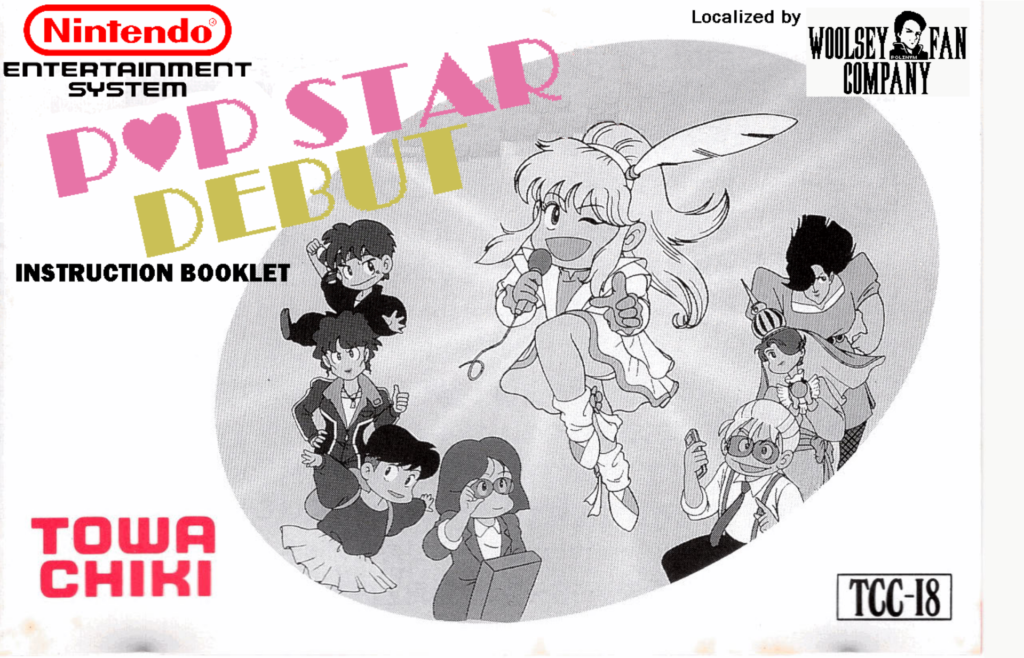You might have notices the videos of Josh Bycer in these electronic pages. He does us all a wonderful service by seeking out interesting indie games and presenting them to us, often several to a video, as well as interviews with their developers and sometimes other topics too.
What you might not know is that Josh has a number of books in print on game design, out through Routledge! If you have some spare cash, you might want to check these out! Sure, it is blatant pimping, but Josh is a deserving subject, and he graciously lets use a lot of his work, it seems like the least I could do, plus some of you may find these very interesting!
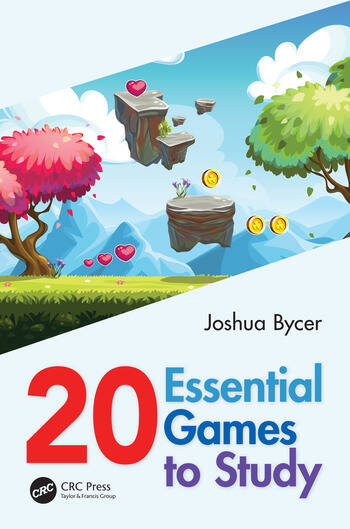
20 Essential Games to Study: “The purpose of this book is to look over the past 35 years of games to discuss titles whose design deserves to be studied by anyone with an interest in game design. While there are plenty of books that focus on the technical side of Game Development, there are few that study the nature of game design itself. Featuring a mix of console and PC offerings, I purposely left off some of the easy choices (Mario, Starcraft, Call of Duty, Overwatch) to focus on games that stood out thanks to their designs.”
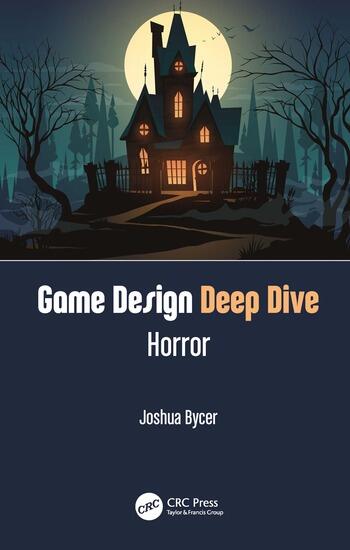
Game Design Deep Dive: Horror: “The Game Design Deep Dive series examines a specific game system or mechanic over the course of the history of the industry. This entry will examine the history and design of the horror genre and elements in video games. The author analyzes early video game examples, including the differences between survival, action-horror, and psychological horror. Thanks to recent hits like Five Night’s at Freddy’s, Bendy and the Ink Machine, and recent Resident Evil titles, the horror genre has seen a strong resurgence. For this book […], Joshua Bycer will go over the evolution of horror in video games and game design, and what it means to create a terrifying and chilling experience.”
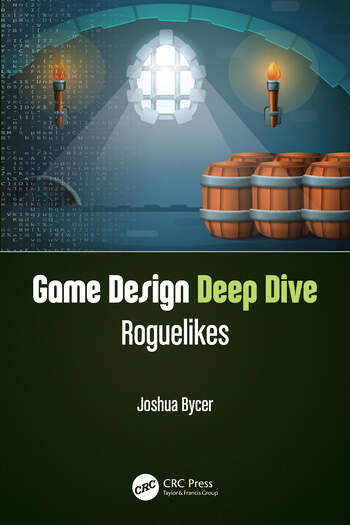
Game Design Deep Dive: Roguelikes: “[…] examines the history and rise of the often-confusing roguelike genre. Despite being more than 30 years old, the roguelike genre remains a mystery to a lot of consumers and developers. Procedural generation, or having the game generate content, has been a cornerstone and point of complexity since its inception. The 2010s saw an explosion of new designs and examples, along with a debate about what a roguelike is. The genre found its way back to mainstream audiences with the award-winning Demon’s Souls and Dark Souls. Since then, roguelikes have revolutionized the way we see and design games. Author and game design critic Joshua Bycer explains the differences between the various roguelike designs and give a detailed blueprint showing what makes the best ones work.”
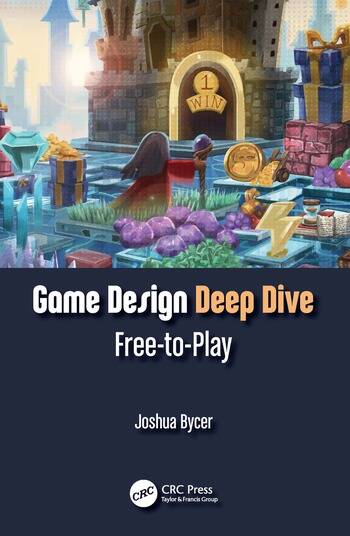
Game Design Deep Dive: Free-to-Play: “Game Design Deep Dive: Free-to-Play continues the series’ focus on examining genres with a look at the history and methodology behind free-to-play and mobile games. The genre is one of the most lucrative and controversial in the industry. Josh Bycer lays out not only the potential and pitfalls of this design but also explores the ethics behind good and bad monetization.”
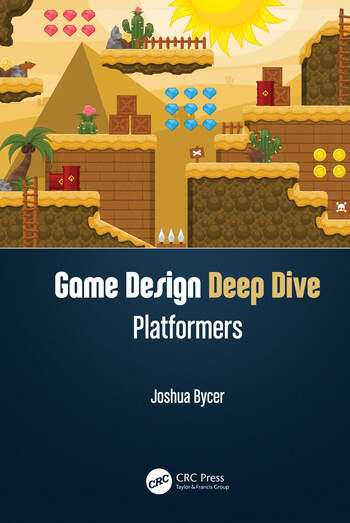
Game Design Deep Dive: Platformers: “This book examines the history of jumping – one of the oldest mechanics in the industry – and how it has evolved and changed over the years. The author looks at the transition from 2D to 3D and multiple elements that make jumping more complicated than it looks from a design perspective.”

